Definition and explanation of air change rate
ACH or Air Changes per Hour – is all about how fast the air in a room gets swapped out for fresh air from outside. Think of it as a way to make sure the air inside is clean and not all stuffy. The more air changes, the better!
And how do we get those changes? Well, we need a good ventilation system to do the job. It brings in fresh air and kicks out the old, icky air. With a higher air change rate, you can say goodbye to those nasty indoor pollutants and hello to a breath of fresh air. And hey, when the air is clean and fresh, it sets the stage for some seriously sweet dreams.
How air change rate is measured and calculated
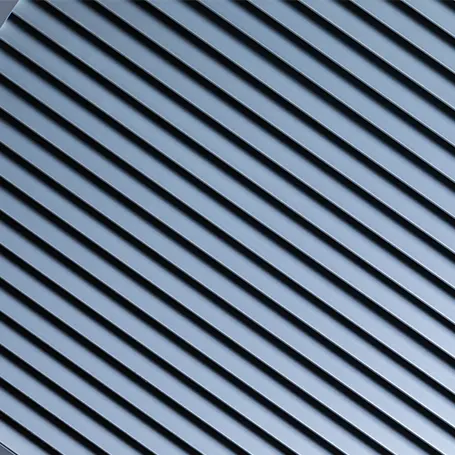
Alright, let's break it down!
So, when it comes to measuring and calculating the air change rate, there are a few things we gotta know. First off, we need to think about indoor air quality – you know, how clean and fresh the air is inside. The goal is to have a certain amount of recommended air changes per hour to keep things nice and healthy.
To figure out the air change rate, we need to measure the volume of the room (how big it is) and then keep track of how much fresh air comes in and how much indoor air goes out. We can use fancy formulas and calculations to crunch the numbers and determine the actual air exchange rate. It's like math meets fresh air!
By knowing this rate, we can tell if our indoor air is getting refreshed enough or if we need to make some adjustments to keep things just right.
Factors influencing air change rate
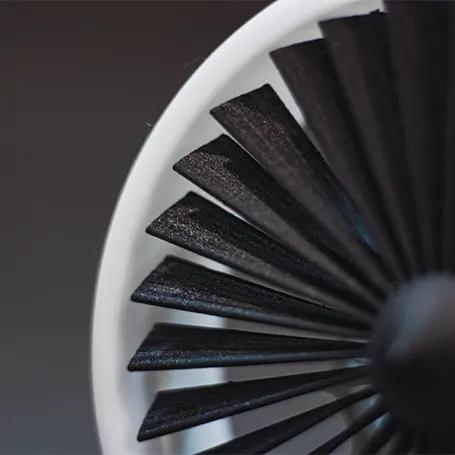
Let's talk about what can mess with the air change rate!
There are a bunch of factors that can throw things off.
First up, we've got the outdoor air. The quality of the air coming in from outside can affect how fast we need to change the air indoors.
Then we've got the size of the room. If it's a small space with a smaller air volume in cubic feet, the air change rate might be faster because there's less existing air to replace.
Next, we gotta consider the room air itself. If there are lots of pollutants or odours hanging around, it can slow down the air change rate. That's where ventilation systems come in. They help circulate the air, bringing in the fresh outdoor air and kicking out the not-so-great room air. So, it's important to have good ventilation to keep that air flowing.
Oh, and let's not forget about stuff like humidity and temperature. If it's all muggy and hot, we might need more air changes to keep things comfy.
Oh, and let's not forget about stuff like humidity and temperature. If it's all muggy and hot, we might need more air changes to keep things comfy.
So, these factors, like outdoor air, room air quality, room size, ventilation, occupancy, and environmental conditions, all play a part in how fast the existing air gets swapped out. Gotta keep 'em in mind if we want that air change rate to be just right!
The impact of air change rate on sleep
When it comes to a good night's sleep, fresh and clean air plays a crucial role.
Importance of fresh and clean air for quality sleep
Having fresh and clean air is vital for improving the quality of your sleep. When we breathe in clean air, our bodies receive the necessary oxygen to support relaxation and restoration during sleep. Moreover, fresh air helps remove stale odours and stuffiness from the sleeping environment, creating a more pleasant and inviting atmosphere. It contributes to a sense of comfort and promotes a deeper and more peaceful slumber.
Effects of poor air quality on sleep disturbances
Poor air quality can significantly impact our sleep by causing various disturbances. Indoor air pollutants, such as dust, pet dander, mould spores, and volatile organic compounds (VOCs), can trigger allergies, asthma, and other respiratory problems. Breathing in these irritants can lead to congestion, coughing, sneezing, and difficulty breathing, all of which disrupt the sleep cycle. Additionally, stagnant and polluted air can create an uncomfortable environment, making it harder to fall asleep and stay asleep throughout the night.
Role of air change rate in reducing allergens and irritants that can disrupt sleep
The air change rate plays a crucial role in reducing allergens and irritants that can disrupt sleep. By increasing the frequency at which the air in a room is refreshed, the concentration of these particles decreases. Higher air change rates effectively dilute and remove allergens, such as pollen, dust mites, and pet dander, as well as irritants like smoke and odours. This reduction in airborne contaminants promotes cleaner and healthier air, minimizing the potential for allergic reactions, respiratory issues, and sleep disruptions. Optimizing the air change rate through proper ventilation systems and adequate fresh air intake helps create an environment conducive to better sleep quality.
Strategies for increasing air change rate in the bedroom
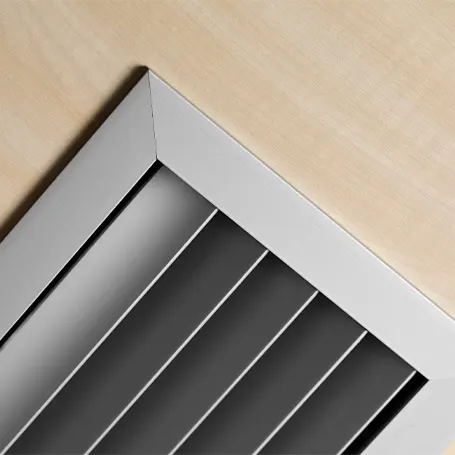
First off, you can bring in an air purifier. These nifty devices work like superheroes, filtering out all the gunk and nasty stuff in the air. They help ensure that the air you breathe is cleaner and fresher, improving the overall indoor air quality.
Another trick is to consider the room volume. If your bedroom is on the smaller side, you might want to open up the windows more often to let in fresh outdoor air. Opening windows not only increases ventilation but also allows for a natural exchange of air.
Now, if you're looking to kick things up a notch, you can explore air cleaners. These handy gadgets are designed to remove pollutants and allergens, making your air cleaner and healthier.
And hey, let's not forget about increasing ventilation. Make sure your HVAC system is in tip-top shape and functioning properly. Proper ventilation helps circulate the air, ensuring a constant flow of fresh air and keeping that air change rate up.
So, with strategies like using air purifiers, considering room volume, exploring air cleaners, and optimizing ventilation, you can take charge of your bedroom's air change rate and create a sleep sanctuary with a breath of fresh air!
Other Factors Affecting Sleep Quality
When it comes to sleep, it's not just the air change rate that can make a difference. Several other factors can affect our slumber. Here are a few key things to consider:
- Temperature: The temperature of your sleep environment can impact sleep quality. A room that's too hot or too cold can make it difficult to fall asleep or stay asleep comfortably.
- Lighting: Bright lights or excessive darkness can disrupt our sleep-wake cycle. It's important to create a dark and quiet sleep environment to promote better sleep.
- Noise: Noisy environments can disturb our sleep. Loud sounds or sudden noises can wake us up or prevent us from falling asleep in the first place.
- Comfortable Bedding: A comfortable mattress, supportive pillows, and cosy blankets play a significant role in promoting a good night's sleep. Having the right bedding that suits your preferences and needs can make a big difference.
Conclusion
So there you have it!
The air change rate may seem like a technical concept, but it holds incredible potential to transform your sleep. By understanding and optimizing the air change rate, you can invite fresh and clean air into your sleeping sanctuary, banishing allergens and irritants that disrupt your slumber. Whether it's through using air purifiers, considering room volume, exploring air cleaners, or optimizing ventilation, there are plenty of strategies to boost your air change rate and create a sleep haven. Remember, it's not just about the softness of your pillow or the cosiness of your blanket—breathing in rejuvenating air can truly make a difference.
So, take charge of your sleep environment and let the power of the air change rate guide you toward nights of deep, restorative sleep.
Sweet dreams!

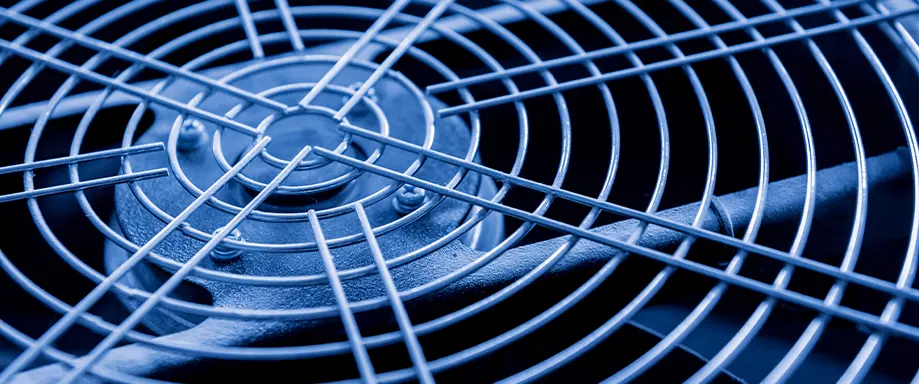
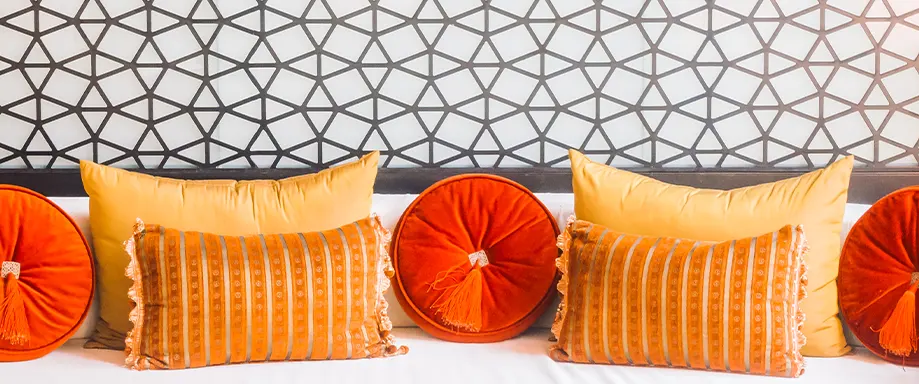












There are no comments yet
"*" indicates required fields